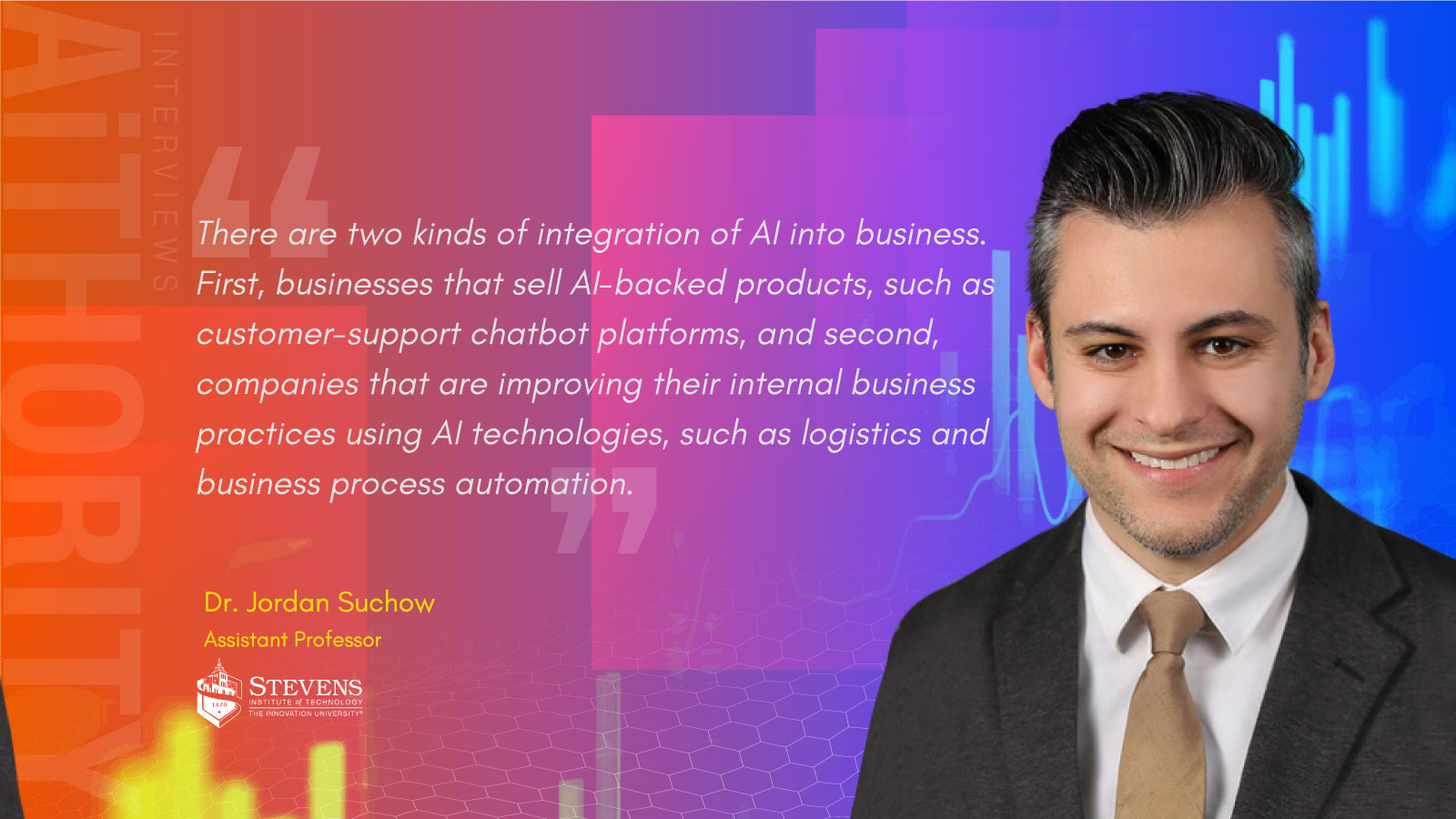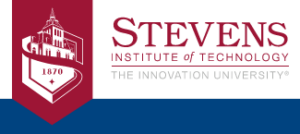AiThority Interview with Jordan Suchow, Assistant Professor at Stevens Institute of Technology

Hi, please tell us about your current role and research you are doing in the AI space?
I’m Jordan Suchow, an assistant professor in the School of Business at Stevens Institute of Technology. My research sits at the intersection of human cognition and machine learning. I study topics including perception, learning, and memory.
Tell us a little bit about the role of Advanced AI algorithms that you are studying for commercial adoption across industries?
I teach a course on Management of AI Technologies that surveys adoption of A.I. technologies in areas such as fraud detection, machine translation, face recognition, autonomous navigation, and scheduling meetings. We’re seeing two kinds of integration of A.I. into business. First, there are businesses that sell A.I.-backed products, such as customer-support chatbot platforms. Then there are companies that are improving their internal business practices using A.I. technologies, such as logistics, business process automation, and inventory management.
Recommended: AiThority Interview with Adrian Jones, Chief Revenue Officer at ABBYY
What are Deep FAKES, and how does AI influence the growth of deep fakes? How can deep fakes be identified using AI?
Deep fakes are images and videos produced by deep neural networks where a person’s image is inserted into an image or video where they did not originally appear. Creating methods to detect deep fakes is an active area of research because of the negative societal impact of automating the creation of deceptive, embarrassing, and harmful imagery. The trick is to identify some kind of digital signature that the deep-fake creation leaves behind, either some specific patterns of pixels or some mismatch that gives away the deception.
Recommended: AiThority Interview with Robert Schena, CEO and Co-founder at Rajant
Your take on the current capabilities developed in the fields of CNN, ANN and Cognitive intelligence – are we very close to the unsupervised machine learning algorithms?
Unsupervised machine learning algorithms are old news and can be found everywhere; you interact with one every time you swipe your credit card: it’s a key method that underlies fraud prevention systems. Of course, just because it’s old news doesn’t also mean that it’s the future.
Recommended: AiThority Interview with Pete Stein, President at Merkle Americas
Thank you, Jordan! That was fun and we hope to see you back on AiThority.com soon.
[To share your insights with us, please write to sghosh@martechseries.com]
I am a cognitive scientist — I study the mind. In my research, I develop computational models of individual and group perception, learning, memory and decision making, with an eye toward applying these models to the creation of new technologies. I also develop tools to support behavioral and social science research. For example, in a recent project, I designed a crowdsourcing system that can be used to easily combine human and machine decision processes, enabling new kinds of experiments and new kinds of collaborative work.
 Stevens Institute of Technology is a premier, private research university situated in Hoboken, New Jersey. Since our founding in 1870, technological innovation has been the hallmark of Stevens’ education and research. Within the university’s three schools and one college, 8,000 undergraduate and graduate students collaborate closely with faculty in an interdisciplinary, student-centric, entrepreneurial environment. Academic and research programs spanning business, computing, engineering, the arts and other disciplines actively advance the frontiers of science and leverage technology to confront our most pressing global challenges. The university continues to be consistently ranked among the nation’s leaders in career services, post-graduation salaries of alumni, and return on tuition investment.
Stevens Institute of Technology is a premier, private research university situated in Hoboken, New Jersey. Since our founding in 1870, technological innovation has been the hallmark of Stevens’ education and research. Within the university’s three schools and one college, 8,000 undergraduate and graduate students collaborate closely with faculty in an interdisciplinary, student-centric, entrepreneurial environment. Academic and research programs spanning business, computing, engineering, the arts and other disciplines actively advance the frontiers of science and leverage technology to confront our most pressing global challenges. The university continues to be consistently ranked among the nation’s leaders in career services, post-graduation salaries of alumni, and return on tuition investment.
Stevens is home to three national research centers of excellence, as well as joint research programs focused on critical industries such as healthcare, energy, finance, defense, STEM education and coastal sustainability.

Comments are closed.